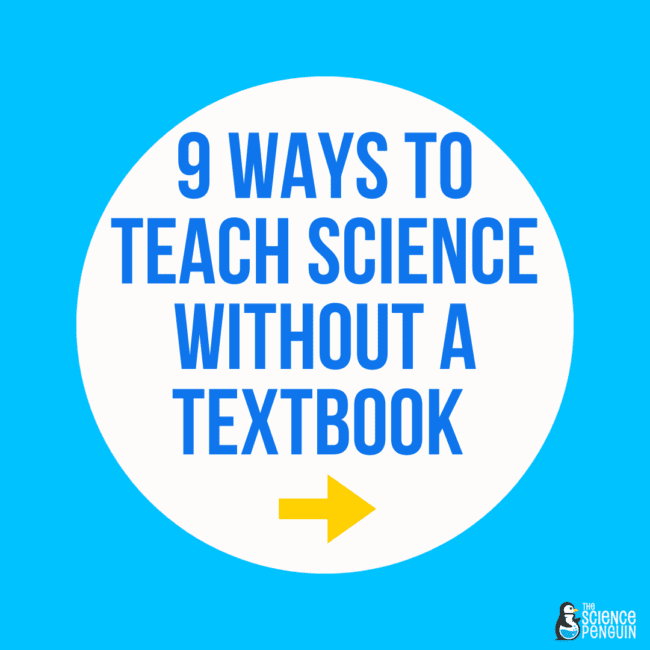
Do you remember those days of reading a science lesson in the textbook, answering questions, repeating the process three more times, and then tackling a lengthy chapter review before taking the test?
As a kid, science was my least favorite subject. While we did have occasional labs and activities like raising butterflies, most of my science education was spent passively absorbing information from a textbook.
When I became a teacher, I discovered there are far more exciting ways to captivate our students and allow them to truly experience science.
Here are 9 ideas that will ignite their curiosity!
1. 🗣 Call and Response
Incorporate the call-and-response technique, based on Whole Brain Teaching, as an interactive way to chunk and reinforce new content.
Present a segment of information using hand motions, and have students repeat it before “turning and teaching” a partner. Continuously build upon the learned material, revisiting it periodically. This approach is far more effective than traditional lectures.

2. ✏️ Stations
Discover the wonders of science stations, which I started implementing 15 years ago and have fallen in love with ever since. Students work in small groups, at their own pace, completing various tasks tailored to their individual needs and preferences. As the teacher, you have the opportunity to rotate among the groups, providing support and facilitating their learning.
3. 📰 Articles
The accompanying comprehension questions help assess their understanding and promote critical thinking. By utilizing these articles, you can enhance reading comprehension skills while teaching science content.
4. 📓 Interactive Notebooks
Interactive Science Notebooks rank high on my favorites list. They go beyond the traditional note-taking approach, encouraging students to engage visually, interact with one another, process new information actively, and communicate their understanding. These notebooks become a treasure trove of learning experiences.
5. 🧲 Phenomena-based Inquiry
Spark curiosity and foster a deeper understanding of science by centering your lessons around phenomena-based inquiry. Begin by presenting captivating real-world phenomena or events that students can observe or experience.
Students can uncover the underlying scientific principles behind these phenomena through hands-on experiments, data analysis, and collaborative discussions. Phenomena-based inquiry makes science relevant and engaging for students as they discover the wonders of the natural world.
6. 💻 Digital Activities
Embrace the digital age by incorporating Digital Inquiry and Choice Boards into your science lessons. Students can explore inquiry-based activities through Google Slides, diving into a topic and constructing a written response with provided scaffolding.
Digital choice boards provide students with various options, empowering them to take ownership of their learning and choose how they learn and show their learning.
7. 🎥 Videos and Slides
Introduce new concepts to your students using engaging video clips and slideshows. Platforms such as StudyJams, BrainPop, National Geographic, and Science Penguin slides and notes are fantastic resources for this purpose. After each video or slide, pause to allow for reflection and discussion among students.
8. 🔎 Mini-labs
Mini-labs are the perfect hands-on activities that allow students to delve quickly into concepts. Whether building circuits, modeling day and night using a globe and flashlight, exploring mixtures, testing conductivity and magnetism, or demonstrating sedimentary rock formation, these quick and enjoyable activities will enrich students’ learning and increase understanding.
9. 🌳 Go Outside
Learning science outside provides hands-on experiences for kids to better understand the natural world. Through scavenger hunts, they can explore their surroundings, observe plants, animals, and natural phenomena. By observing ecosystems, they learn about the connections between different living things and develop an appreciation for nature. Studying erosion outdoors allows them to see how the Earth’s surface is shaped.
Incorporating these exciting approaches and expanding science education beyond traditional textbooks has the power to ignite a true passion for science in our students. By encouraging them to explore, discover, and engage with the natural world, we can cultivate a lifelong love for scientific inquiry.
Sign up for the Free Resource Library
This is an exclusive library of 40+ science printables, labs, activities, and games for grades 3-6. Sign up with your personal email and check your email for immediate access.

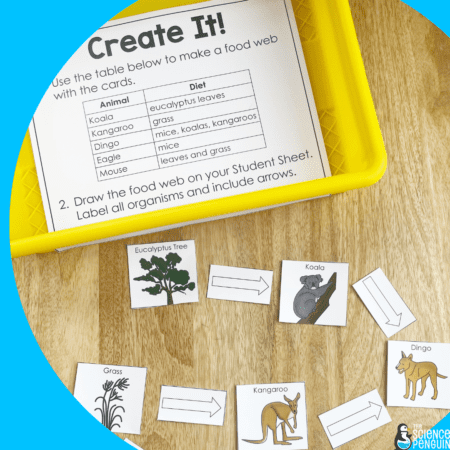
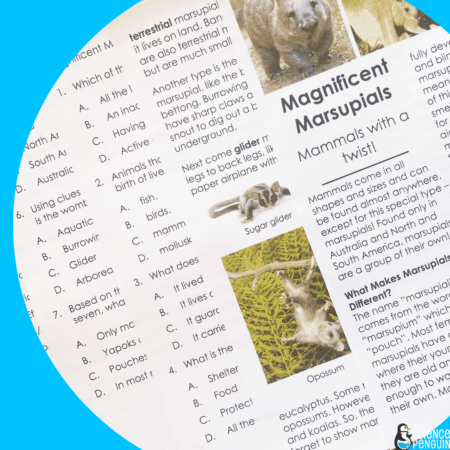
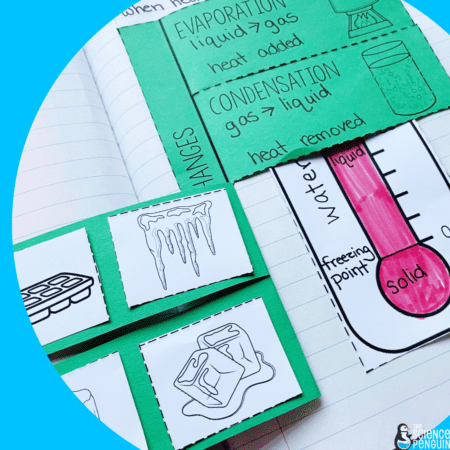

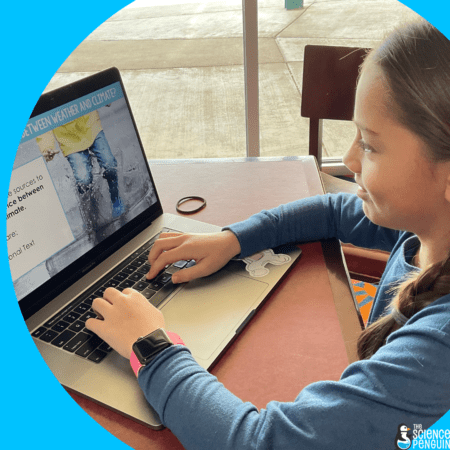
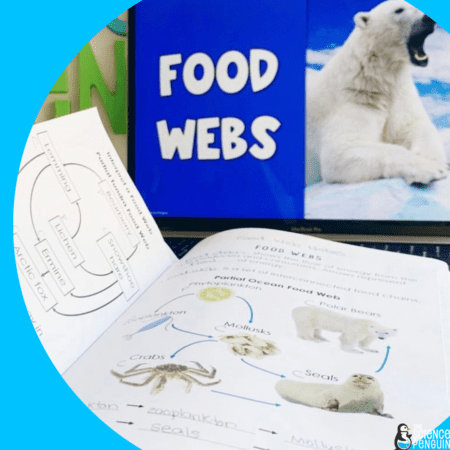
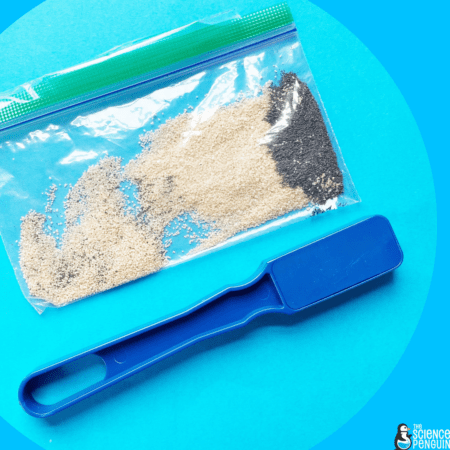



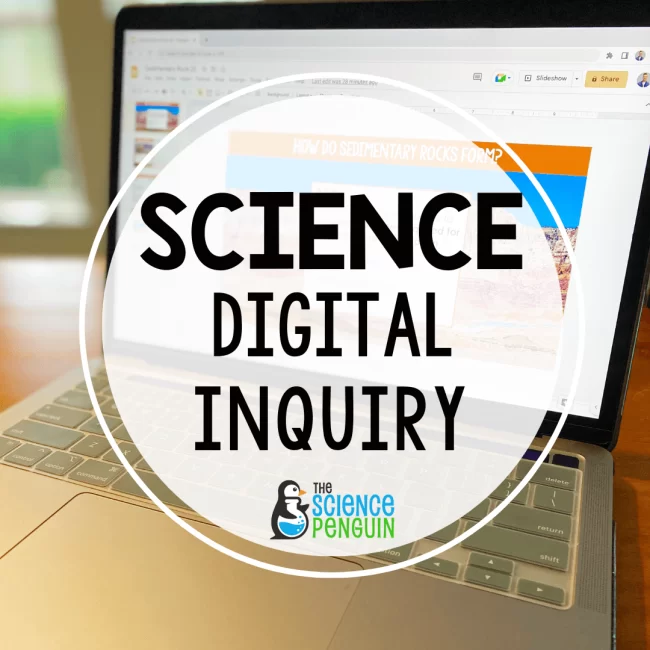
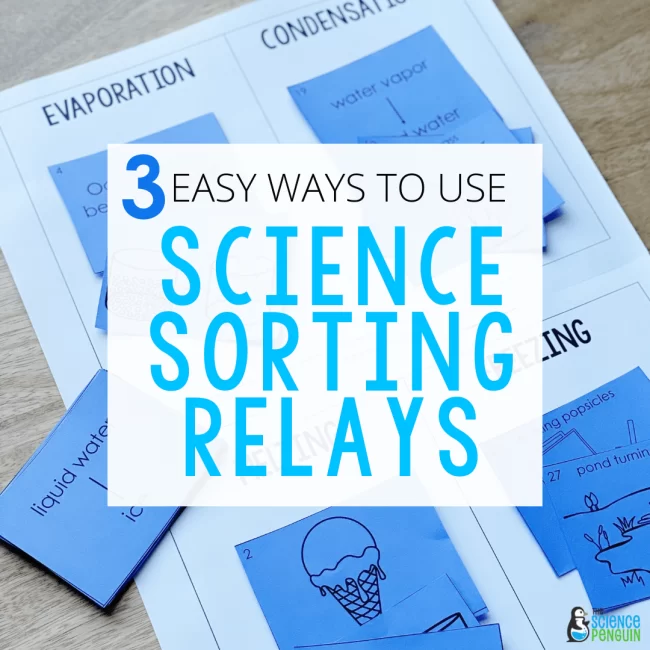
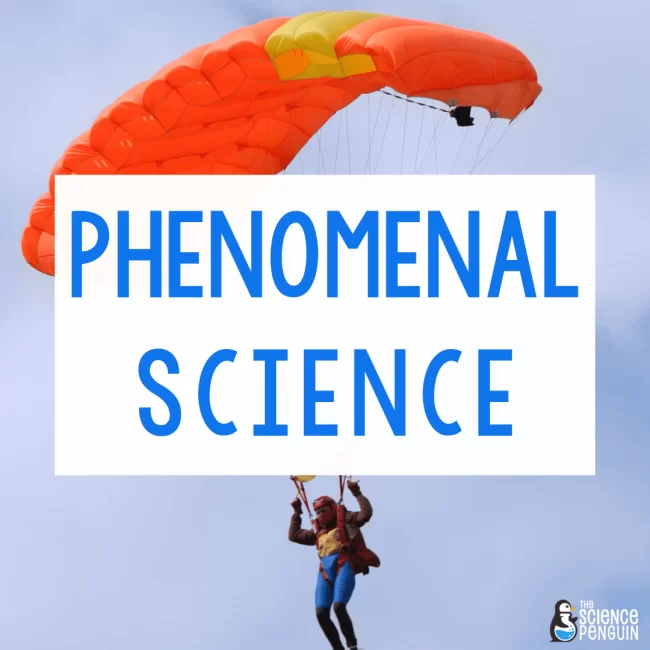
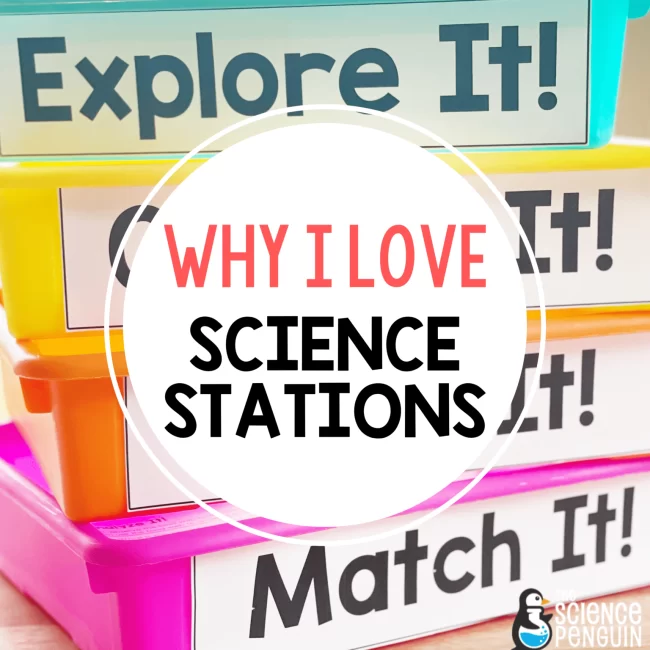

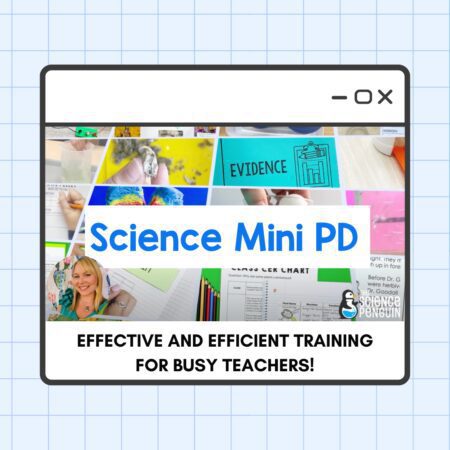


2 thoughts on “Adios, Textbook! 9 Ways to Teach Science Without a Book”
I love your teaching style and your ideas.
Thank you for this post! It has plenty of tools and activities to make science engaging again for my students, can’t wait to use some in the fall. Your Science interactive notebook activities are great for getting students that extra practice and visuals they need to understand concepts and demonstrate mastery of content.